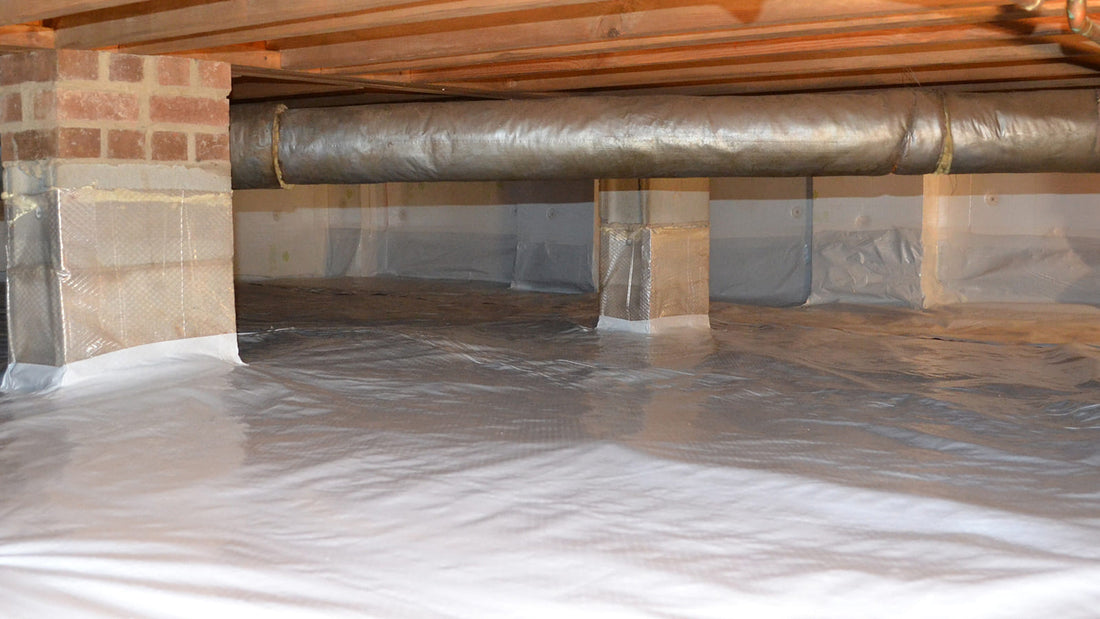For many homeowners, the crawl space beneath their homes remains a mysterious and often neglected area. However, this overlooked space plays a crucial role in maintaining the health and stability of your home. Crawl space encapsulation is a solution that has gained popularity in recent years, promising benefits like moisture control, improved indoor air quality, and energy efficiency. In this blog post, we'll unravel the concept of crawl space encapsulation, exploring what it is and why it matters for your home.
Defining Crawl Space Encapsulation:
Crawl space encapsulation is a comprehensive process designed to transform the often damp, musty, and neglected space beneath a home into a clean, dry, and controlled environment. The primary goal is to create a barrier that seals off the crawl space from the external elements, preventing moisture, pests, and pollutants from entering and affecting the home's overall well-being.
Key Components of Crawl Space Encapsulation:
-
Vapor Barrier:
- A critical component of encapsulation, the vapor barrier is a sturdy, waterproof material that covers the entire floor and walls of the crawl space. Typically made of polyethylene, this barrier prevents moisture from seeping through the ground and walls, reducing the risk of mold growth, wood rot, and structural damage.
-
Sealing Gaps and Cracks:
- Encapsulation involves identifying and sealing any gaps or cracks in the crawl space walls and foundation. This step is essential for preventing outside air, moisture, and pests from infiltrating the space.
-
Insulation:
- Installing insulation in the crawl space helps regulate temperature and contributes to overall energy efficiency. It ensures that the space remains at a consistent temperature, reducing the workload on your heating and cooling systems.
-
Dehumidification (Optional):
- In areas with high humidity, adding a dehumidifier to the encapsulation process can further control moisture levels. This optional feature can significantly improve indoor air quality and prevent mold growth.
Benefits of Crawl Space Encapsulation:
-
Moisture Control:
- The primary advantage of encapsulation is effective moisture control. By sealing the crawl space, you prevent water vapor from entering, reducing the risk of mold, mildew, and structural damage.
-
Improved Indoor Air Quality:
- Encapsulation helps maintain a cleaner and healthier indoor environment by preventing the entry of pollutants, allergens, and mold spores from the crawl space.
-
Energy Efficiency:
- A properly encapsulated crawl space contributes to increased energy efficiency. By regulating temperature and reducing the workload on HVAC systems, homeowners can experience lower energy bills.
-
Structural Protection:
- Encapsulation acts as a safeguard against structural damage caused by moisture, wood rot, and pests. It enhances the longevity and stability of your home.
Conclusion:
Crawl space encapsulation is more than just a home improvement trend; it's a proactive step towards preserving the integrity of your home and ensuring a healthier living environment. By understanding the components and benefits of crawl space encapsulation, homeowners can make informed decisions about whether this solution is the right fit for their homes. Whether you're looking to address existing issues or prevent future problems, encapsulating your crawl space is an investment that pays off in the long run.

